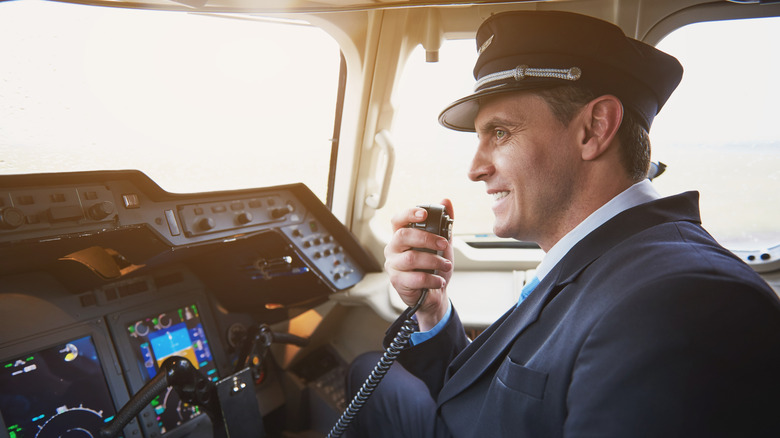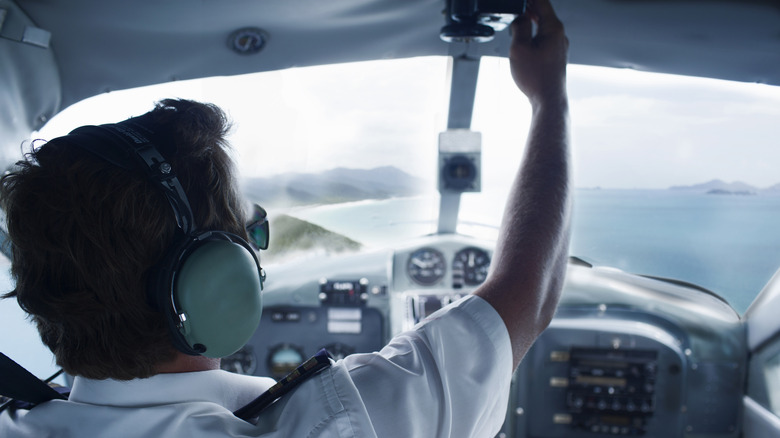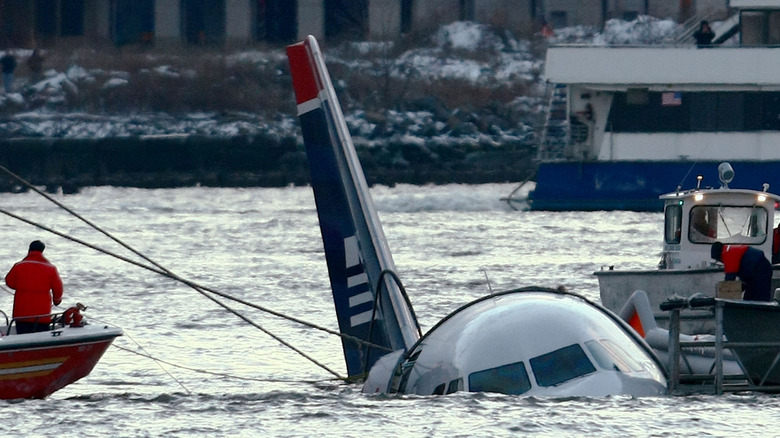
views
You’ve likely heard it many times in TV shows and movies: a plane is in trouble, either plummeting toward the ground or losing engine power, and the pilot urgently says, "Mayday! Mayday! Mayday!" At that moment, air traffic control (ATC) springs into action, knowing the aircraft is in imminent danger. Repeating "Mayday" three times has become a globally recognized distress call in aviation. The term originates from the French phrase "m'aider," which translates to "help me." This simple call is more effective than others, such as "SOS," because it is unmistakable, and repeating it three times ensures there's no doubt about the urgency.
In the 1920s, as air traffic grew, the need for a universally recognized distress signal became clear. Frederick Stanley Mockford, a radio operator at Croydon Airport in London, was tasked with creating one. Considering the heavy traffic from France, he chose the French "m'aider" as the basis for the distress call. While "SOS" could have been used, the combination of its sounds could easily be confused with other similar-sounding words, making it less ideal for aviation. SOS worked well for naval vessels communicating in Morse code, but the clear, repeatable "Mayday" was more effective in the air.
The repetition of "Mayday" is crucial to avoid any confusion, especially when emergency frequencies like 121.5 MHz and 243 MHz may already be in use. If multiple planes are transmitting distress signals, ATC or other pilots may need to repeat the call to ensure it’s heard and acted upon immediately.
 Olena Yakobchuk/Shutterstock
Olena Yakobchuk/Shutterstock
"Mayday" is reserved for immediate, life-threatening emergencies, but pilots have other calls for less critical situations. Not every emergency involves engines failing or planes plummeting; sometimes mechanical issues arise, such as problems with landing gears or flaps. While Mayday is reserved for life-threatening events and takes top priority, a less urgent but still important call is Pan-Pan. This call is used for situations that require attention but aren't life-threatening, such as mechanical failures or medical emergencies involving passengers.
In addition to the calls pilots make to air traffic control (ATC), there are also calls that ATC may need to relay to pilots. One such call is SECURITE, which alerts pilots to hazards they need to be aware of. This could include weather issues, like high winds or snowstorms, or navigational hazards that could directly impact an aircraft’s flight path. The SECURITE call is a critical alert to ensure pilots stay informed about potential dangers in their surroundings.
 Gary John Norman/Getty Images
Gary John Norman/Getty Images
Any situation that requires a Mayday call is undoubtedly stressful and panic-inducing. In times of panic, it's easy to forget crucial information that could save lives. To mitigate this, the Federal Aviation Administration (FAA) has outlined a series of steps for pilots to follow, ensuring that air traffic control (ATC) receives vital details.
When a pilot issues a call like "Mayday, Mayday, Mayday" or "Pan-Pan, Pan-Pan, Pan-Pan" (depending on the urgency), the ATC station will acknowledge the alert. The pilot will then explain the nature of the emergency and outline their intentions. Additional information, such as weather conditions, altitude, headings, and passenger count, will also be communicated. It's similar to a 911 call—the more information ATC can gather, the better equipped emergency services will be when they respond.
Modern aircraft are also equipped with the ability to squawk 7700, a special emergency code that alerts ATC to a crisis on board without the pilot needing to speak. This feature provides an extra layer of safety, ensuring swift responses even in situations where clear communication might be challenging.
 Chris Mcgrath/Getty Images
Chris Mcgrath/Getty Images
Powered by Froala Editor




















Comments
0 comment